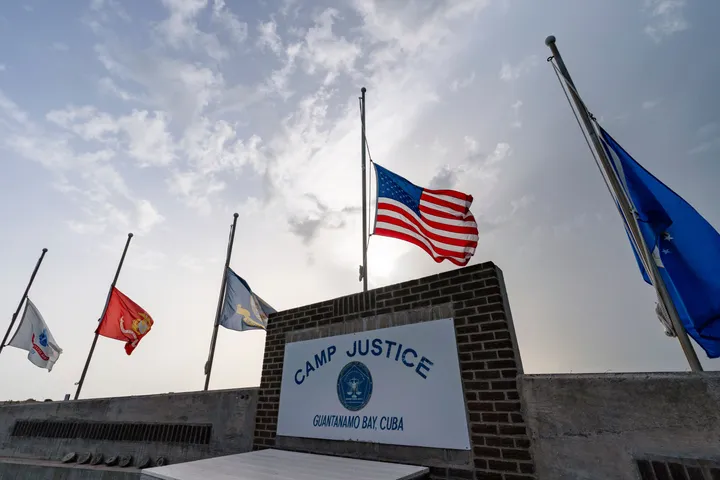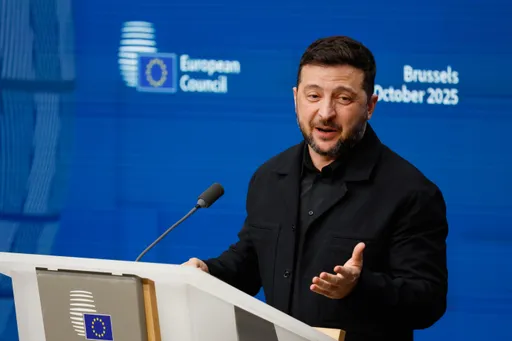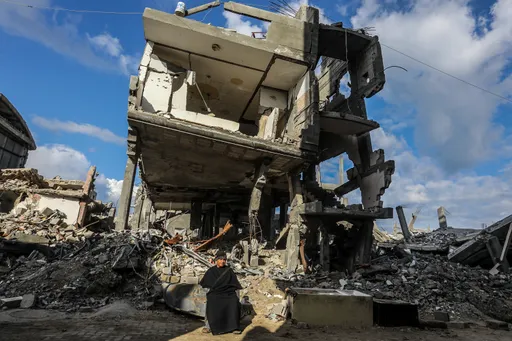It has been a battle a long time in the making. After years of uninterrupted expansion throughout northern and eastern Syria, the YPG, the Syrian branch of the PKK terror group, now finds itself directly battling Turkish-led forces and the Free Syrian Army.
Operation Olive Branch kicked off this Saturday following a barrage of Turkish warplane sorties designed to shape the battlefield prior to the ground operation.
Turkish officials stated that the objective of the operation is to prevent cross-border attacks by the YPG into Turkish territory which have targeted both Turkish security forces and civilians; and ending the oppression of local Arab, Kurdish and Turkmen communities who have been subjugated against their will to the rule of the YPG and their Marxist-Leninist political ideology.
On Sunday the Turkish Deputy Prime Minister Bekir Bozdag told foreign reporters that they seek to establish safe zones in Afrin that can eventually lead to the Turkish government’s final objective of helping to strengthen what they call “democratic institutions” in Syria.
The geopolitics surrounding this security operation have been complex. The Russians have functionally acquiesced to the operation despite recent talks between Moscow and YPG leaders. And while Moscow pinned the blame on the US for supporting and arming the YPG as a cause for Turkey’s operation, YPG leadership was quick to denounce the Russians for re-deploying the Russian military police that were deployed in Afrin province away from the line of fire—and thus paving the way for Turkish attack planes and ground forces to advance.
Further complicating the political and military picture, the Assad regime which had previously threatened to shoot down Turkish aircraft over Afrin, has also denounced Operation Olive Branch and there have been some indicators that Assad’s forces may look the other way as YPG forces in eastern Syria—trained and equipped by US special forces and marines—reinforce their units in Afrin.
What is clear, however, is that the timing of Operation Olive Branch has been dictated by the YPG leadership’s strategic objective to expand their rule across hundreds of kilometres along the Syria-Turkey border. The existential threat posed to Turkey’s national security was underscored by the fact that many of the YPG’s top leadership are PKK commanders who trained in Iraq’s Qandil mountains, some of whom, such as YPG commanders Sipan Hemo and Polat Can, had been actively involved in PKK terror operations inside Turkey in the past.
Further compounding the need to arrest YPG militant expansion of their Syrian safe haven, was the fact that the partnership between the YPG and US forces offered a windfall of military equipment and resources that was exponentially enhancing the YPG’s fighting capacity.
To his credit, the US Secretary of Defense Jim Mattis, himself a veteran of a counter-insurgency campaign in Iraq’s Anbar province, told reporters on Sunday that he spoke with Turkey’s leadership prior to the commencement of Operation Olive Branch and understood Turkey’s legitimate national security concerns. Mattis noted that with regards to the PKK, Turkey is “the only NATO country with an active insurgency inside its borders.”
Nonetheless, though the US is nominally training and arming the YPG under the ‘Syrian Democratic Forces’ moniker as part of a strictly defined mission to defeat Daesh, the YPG time and time again have made their ultimate aims clear to anyone who would listen: that they view Turkey as their biggest threat, and thus their main adversary.
A recent report by a Syria researcher who attended a training camp of the YPG in al Hasakh province found that YPG commanders were in fact preparing to establish a border force that would serve as a “foundational force to protect the borders of north Syria” which the YPG run quasi-state refers to as “the Democratic Federation of North Syria.”
To believe that such a political outcome and the entrenchment of a PKK safe haven in Syria would not eventually lead to a major Turkish military response would be, to put it mildly, short-sighted.
The demographics of Syria have been constantly shifting since the uprising in 2011, but recent estimates claim that Afrin itself is half Arab, at least 35 percent Kurd, and approximately seven percent are Turkmen. The Kurdish community there are not necessarily supporters of the YPG given that the YPG came to impose its rule over the local populace in an opportunistic manner when Assad’s forces were forced to withdraw in 2012 due to the popular uprising against the regime.
The Turkish operation in Afrin will incorporate many lessons learned from the difficult battle in the Syrian city of Al Bab over a year ago, in which Turkish forces and Free Syrian Army units fought Daesh as part of the Euphrates Shield military campaign.
That fight offered the Turkish military greater insight on the importance of combined arms operations, small unit tactics, and coordinating with local opposition forces. That experience will no doubt be put to a test in the difficult terrain of Afrin, where it is estimated approximately 10,000 YPG fighters are based. This is why winning and maintaining the trust of the populace will be crucial for the long term success of Operation Olive Branch.
To date, hundreds of YPG fighting positions, bunkers, and ammunition depots have been successfully targeted by the Turkish Air Force. The Free Syrian Army has also been able to wrest away a handful of villages from YPG militants as the FSA, backed by Turkish armour and special forces, advance at a cautious pace.
The YPG reaction to the operation was telling: launching rocket and mortar attacks against the Turkish border towns of Kilis and Reyhanli, both of which contain hundreds of thousands of Syrians displaced due to the war.
At least one civilian was killed and dozens injured by these attacks, which undercut the YPG’s ‘victim’ narrative that its disinformation campaign amongst international media sought to paint it as.
The days ahead are likely to be difficult for all sides involved. The fluid nature of asymmetric warfare and the complex ethnic and political layers inherent within the Syrian conflict mean that for Operation Olive Branch to conclude successfully, the YPG will have to be confronted not only on the field of battle but also amongst the battlefield of ideas.
The YPG’s disinformation campaign has proven to be quite formidable. Many Western observers have been captured by the myth that the YPG has steadily built for itself as a necessary ‘antidote’ to Daesh and extremism.
If anything, Operation Olive Branch has already managed to achieve one important milestone: exposing to the world the true face of the YPG terrorists and what they truly stand for.
























